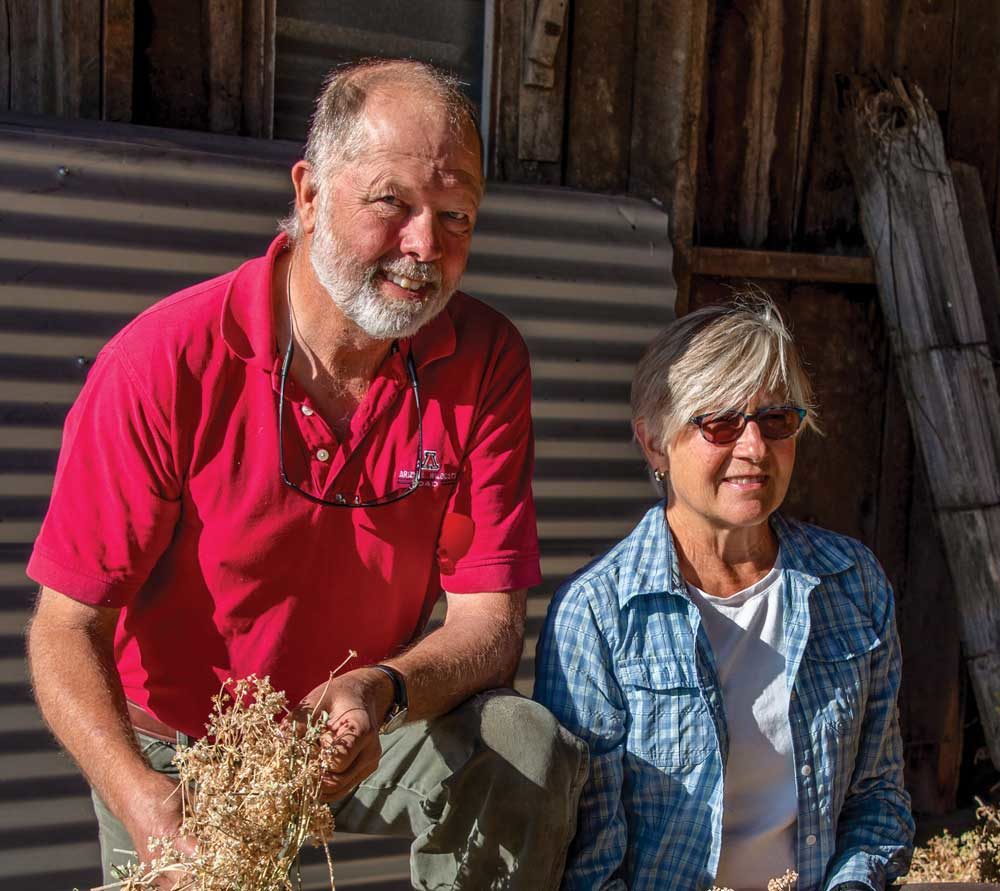No-Till Farmer
Get full access NOW to the most comprehensive, powerful and easy-to-use online resource for no-tillage practices. Just one good idea will pay for your subscription hundreds of times over.

Keeping soil in place in the Palouse can be a real challenge, one we haven’t always been the best at meeting. The growing season is short, and slopes can be as steep as 40-plus degrees. To put that in perspective, standard staircases sit at 30-35 degrees. No-till helped slow the constant downhill shift of soil, but we’re working to not just downshift, but fully engage the brakes on soil movement while improving soil health.
Keeping soil covered with residue cover crops is key. Cover crops may prove part of the solution, but at one time cover crops were a big part of the soil erosion problem.
As a kid I remember growing green manure crops for nitrogen (N) and then plowing them down and summer fallowing the fields. We would work the ground again and again, pulverizing the soil. The erosion was horrible, huge ditches would form on the hillsides with rain and snowmelt.
The situation improved with the advent of synthetic fertilizer which stopped the green manure crops. We then added peas to our rotation, which reduced summer fallow. It got even better when I switched from moldboard plowing and rod weeding to no-till on some of my acres starting in the 1980s.
NAME: Wayne and Jacie Jensen
FARM: Thorn Creek Native Seed Farm
LOCATION: Genesee, Idaho
YEARS NO-TILLING: 36
ACRES: 5,000
CROPS: Wheat, barley, lentils, garbanzo beans, peas, canola, perennial grasses, alfalfa, clover, wildflowers
We’re now 100% no-till, and…